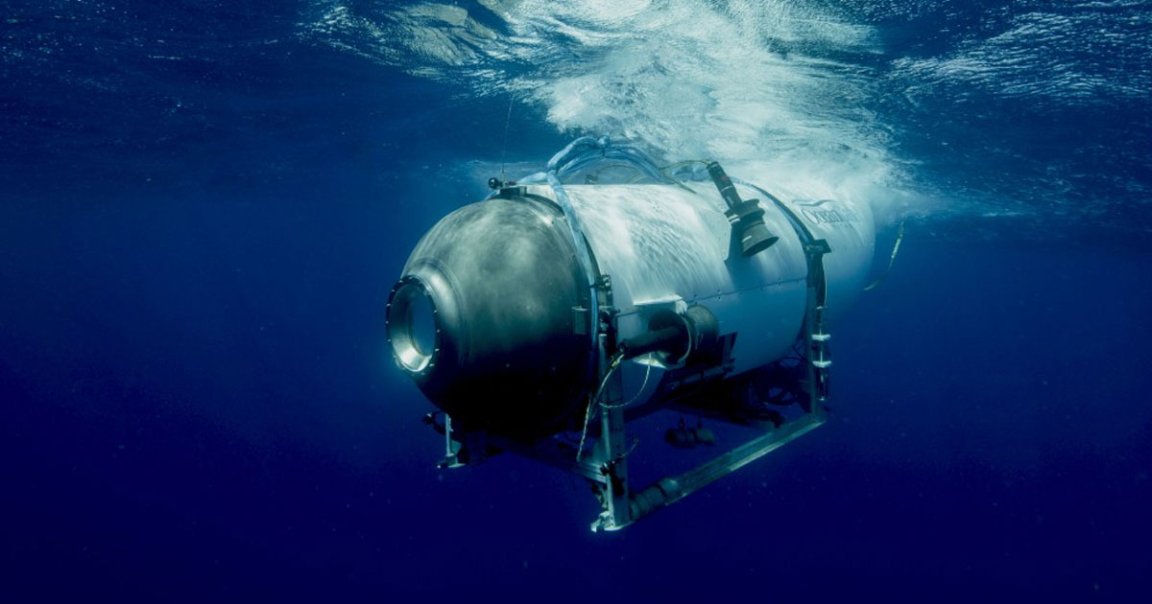
A deep sea submarine with five crew members on board went missing around 900 miles off the coast of Cape Cod Sunday morning, one hour and 45 minutes into its descent to visit the wreckage of the Titanic.
The ensuing international rescue mission hasn’t had much luck so far. Rescuers are dealing with some extremely deep waters at roughly 13,000 feet, which is complicating matters tremendously.
The submarine belongs to OceanGate Expeditions, a tourist company that offers tickets to the Titanic wreckage for a whopping $250,000, according to the New York Times.
And the clock is ticking. As of late Monday afternoon, the occupants theoretically had anywhere between 70 and 96 hours of air left. That means rescuers have until roughly Thursday afternoon in case the crew is still alive.
All we’re left with are plenty of questions, especially regarding the submarine itself, which was seemingly put together by off-the-shelf parts. Was it simply a matter of cut communications, or did something else go seriously wrong?
Last year, when CBS reporter David Pogue had a closer look at OceanGate’s craft, he “couldn’t help noticing how many pieces of this sub seemed improvised, with off-the-shelf components.”
Pogue even recalled this week that an OceanGate submarine “got lost for a few hours LAST summer, too, when I was aboard.”
The submarine called the Titan seemingly had a “MacGyver jerry-riggedness,” Stockton Rush, the CEO of OceanGate Expeditions, admitted in the CBS report last year, but added that the pressure vessel itself “is not MacGyvered at all, because that’s where we work with Boeing and NASA and the University of Washington.”
“We run the whole thing with this game controller,” said Rush at the time, showing a modified Logitech controller, which costs $29.99 on Amazon.
It’s unclear how today’s Titan differs from the one detailed in the CBS report, but the prognosis isn’t great either way. Typically, submarines can drop weights to have them return to the surface quickly in case of emergency.
“If there was a power failure and/or communication failure, this might have happened, and the submersible would then be bobbing about on the surface waiting to be found,” Alistair Greig, a professor of marine engineering at University College London, told the Associated Press.
If there’s a leak in the hull, “options are very limited,” Greig added. “There are very few vessels that can get that deep, and certainly not divers.”
Worse yet, Greig has his doubts over whether any such vessel could even grab onto the outside of OceanGate’s submarine.
Nonetheless, the rescue is on. According to the NYT, both the US and Canada have deployed rescue aircraft, as well as sonar buoys to search underwater.
For now, let’s hope the OceanGate submarine fares better than the Indonesian Navy’s KRI Nanggala, which went missing with 53 crew members on board back in 2021. The wreckage was discovered in three pieces days later.
More on submarines: Lost Submarine Found, Torn Apart Into Three Sections